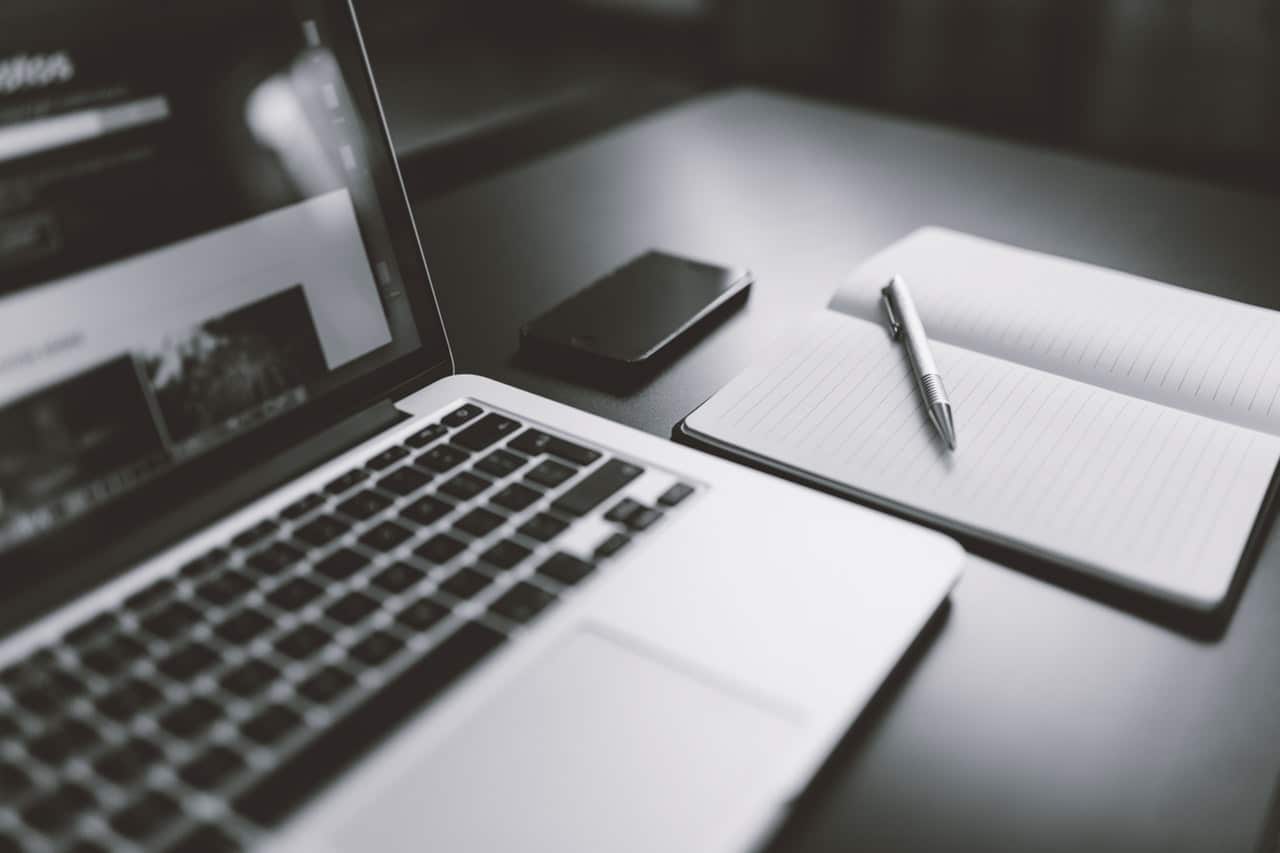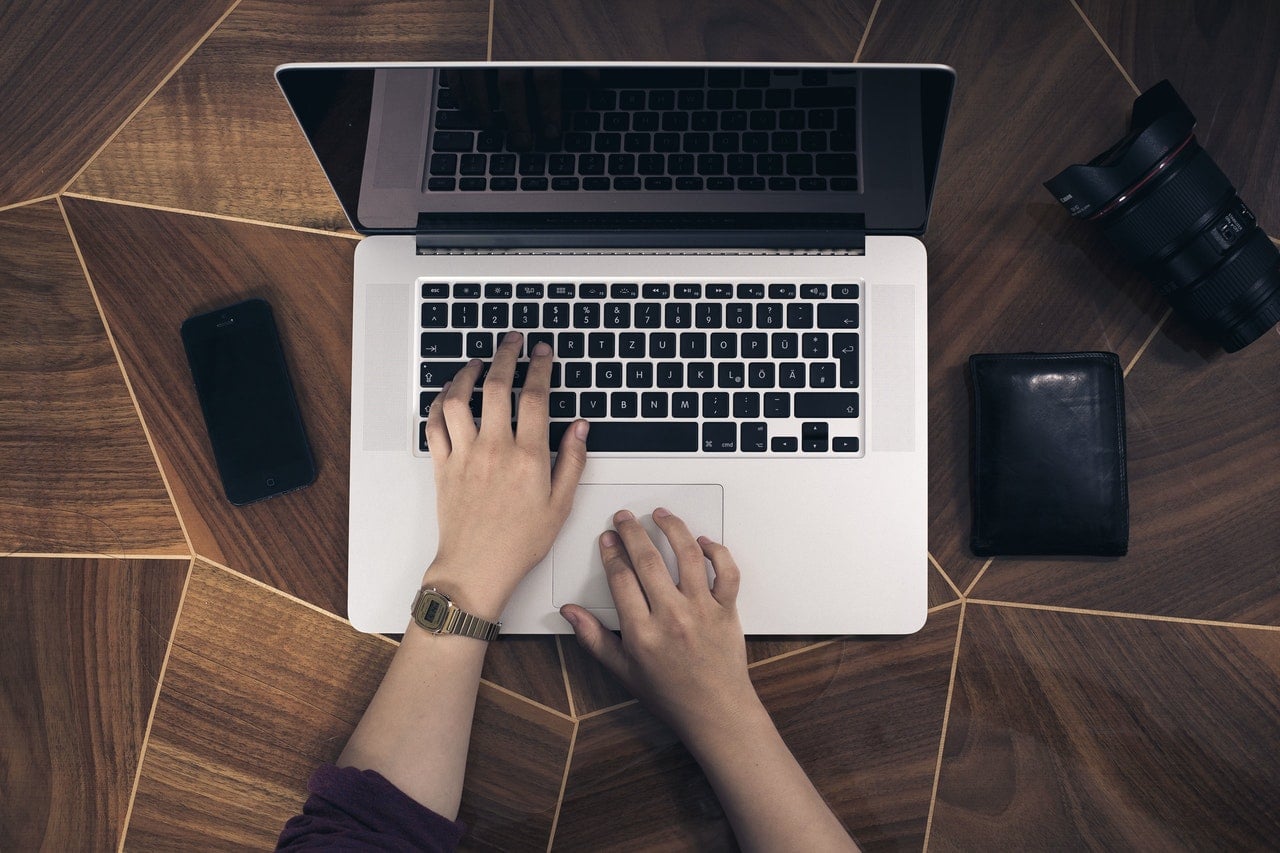If you’ve invested in a MacBook, you’ll want to keep it healthy and running smoothly for as long as possible. It’s primarily up to you to keep your machine free of bugs and slowdowns, as well as physically safe so that it gives you years of uninterrupted use. Here are seven ways to do this.
1. Back Up Regularly
Any machine can crash or have a hard drive failure so make sure you back up all your data once a week or so to prevent a catastrophic loss. If your files aren’t stored anywhere else and your Mac goes kaput, so does all that work. Use something like a Time Machine back-up so that you clone your hard drive, ready for a full restore just in case the worst happens. If you’re really stuck, you can always find a professional MacBook repair in Miami, but as with most things, prevention is better than cure.
2. Reduce The Utilities And Tasks That Run In The Background
Think about how many services are running in the background right now – cloud-based services, Bluetooth and so on. All these different services and apps can use up your RAM and slow your MacBook down. The more of these services that are still open, the slower your machine will be to boot up and to perform everyday functions.
3. Make Sure You Have Anti-Malware Protection
It really is a myth that the Macs are immune to malware and other viruses. Hackers are always looking to break into OS X, so it’s vital to have strong virus and malware software, especially as MacBooks are increasingly popular.
IMAGE: PEXELS
4. Winnow Out All Your Old Files
This is just good practice and you probably do this regularly anyway. It’s particularly important if you’re using a smaller MacBook with less hard drive space, though, so make a point of going through your files and deleting old files, photos, documents and so on so you free up space. Aim to have at least 10% of your disk space free, even if this means moving files over to an external hard drive.
5. Run Your Disk Utility Program
All Macs have this – it’s in the Utilities folder, in the Applications folder. If you run your Disk Utility four or five times a year, it’ll help to keep the hard disk clean and healthy. Disk Utility has two functions – the first is to repair disk permissions and it can be run quite easily within the app.
The second function is for repairing the disk itself and can only run in Recovery Mode. This process is used to deal with a corrupt hard disk or similar errors and is the first thing you should try if you think there’s a hard disk problem.
6. Keep Your Desktop Clear
Many people like to keep all their most-used apps, folders and files on their desktop but this can slow down the MacBook as it needs to use RAM to maintain each icon. The fuller your desktop is, the slower the machine is. Keep all but your go-to apps and folders in your Applications folder and your other folders. Less is more (speed).
7. Update Your Software – After A While
Apple likes to release lots of updates, as do all your app developers. It’s important to stay up to date, but don’t rush it. Once an update to OS X is released, give it a few days or a couple of weeks to find out what bugs people are reporting and for Apple to get on the case. Then you’ll get the improved iteration.
Apple is also convenient for selling and reselling its products. In case you plan to sell macbook pro, you can easily either sell it or exchange for a new one. A latest one will of course carry more updated features and it is better to always remain updated with Apple.
For more MacBook-related tips and information here on Bit Rebels, click here!


COMMENTS